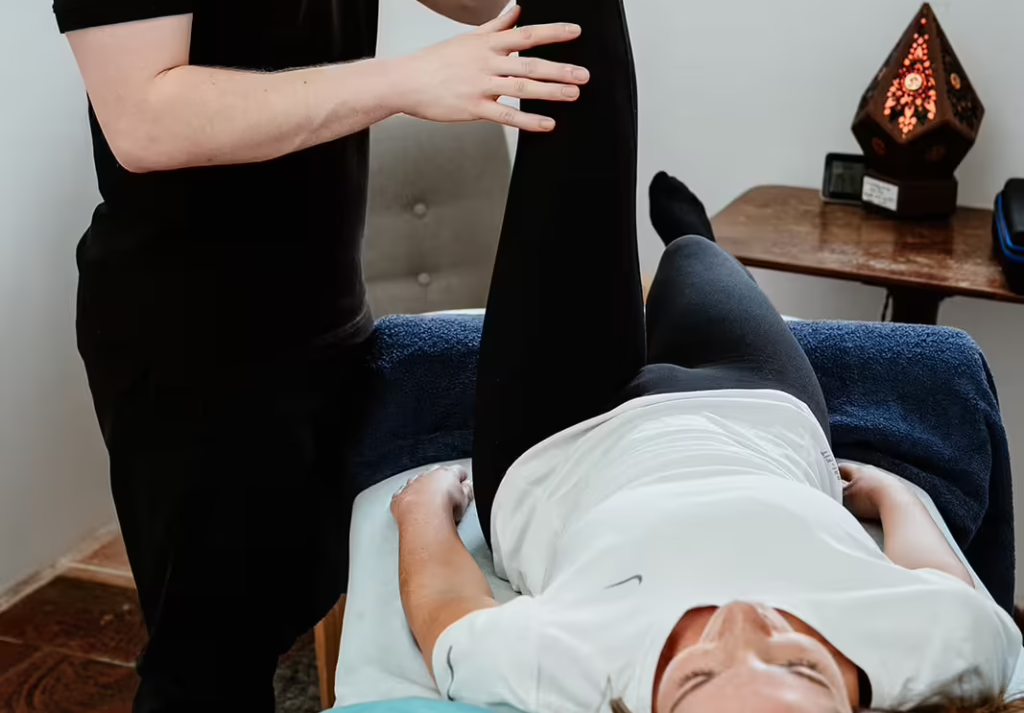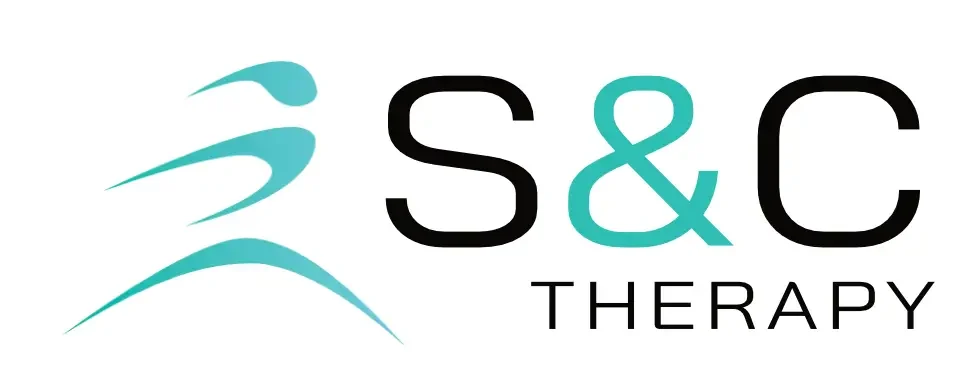
Hip Pain
Hip pain is a major contributor to reduced mobility and one of the most common reasons people in the UK undergo joint replacement surgery and steroid injections. It can start gradually or suddenly, often affecting your ability to walk, rest, or perform everyday tasks. Early Physiotherapy intervention can help ease discomfort, improve strength and movement, and in many cases, delay or even prevent the need for invasive procedures.
Common causes of hip pain
Hip pain can have many different causes, and understanding what’s behind it is the first step toward feeling better. Some common reasons include:
- Osteoarthritis: Changes in the joint surfaces over time causing stiffness, aching, and reduced mobility.
- Greater Trochanteric Pain Syndrome: Pain focused on the outer side of the hip, often sharp and persistent, related to the gluteal tendons and/or bursitis.
- Deep buttock pain: Muscular pain in the centre of the buttock.
- Sacroiliac (SI) Joint Dysfunction: Strain in the joint between the spine and pelvis that can refer pain to the hip.
- Referred Pain from the Lower Back: Sometimes pain in the hip is actually caused by issues in the lower back or pelvis.
- Femoroacetabular Impingement (FAI): In some people, the hip socket is shaped in a way that can restrict movement and cause sharp pinching pain.
- Hamstring tendinitis: Irritation of the hamstring tendons at the bottom of the pelvis.
How can we help?
At S&C Therapy, expert diagnosis and treatment are offered for all types of hip pain, whatever the cause. A comprehensive assessment of the hip joint, surrounding muscles, and movement mechanics ensures the precise source of discomfort is identified.
The best treatment option is then decided, usually including hands-on and targeted therapy – using techniques such as hip joint mobilisation, trigger point therapy, dry needling, and soft tissue release to reduce pain and restore mobility.
A fundamental part of the treatment plan is to understand the cause of your pain and the management strategies for this. This is combined with a personalised rehabilitation plan focused on achieving long-term results, strengthening and improving hip stability, posture, and range of motion.
Practical guidance on daily habits, work positions, and movement patterns that may be contributing to symptoms is also provided, helping to avoid further strain.
What are my treatment options?
Our expert approach combines hands-on therapy with targeted techniques to reduce pain and restore function. Treatment options may include:
- Acupuncture & Dry Needling: To relieve muscle tension, reduce pain, and promote healing.
- Biomechanical Assessment: To identify and correct movement patterns that contribute to hip pain.
- Personalised Exercise Programme: Tailored exercises to improve strength, flexibility, and stability.
- Manual Therapy: Including joint mobilisation and soft tissue release to restore mobility and ease discomfort.
